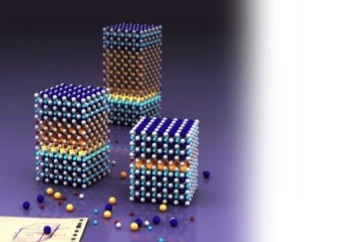In september 2008 I received my Masters degree in Theoretical Physics cum laude, with the research I did under supervision of Koenraad Schalm at the Leiden University. My Masters thesis was titled “Phase Transitions in Matrix Models” and can be downloaded here (pdf, 716 kB). The summary of the thesis is:
Matrix models are toy models applicable in various fields of physics. The overall properties of such a matrix model are defined by its partition function, which is an integral over $latex N \times N$ Hermitian matrices M with energy/action S[M] invariant under similarity transformations.
Upon integrating over the rotational degrees of freedom, the action can be described in terms of the eigenvalues of M. If the action has one unique absolute minimum, then the free energy $latex F = – \log Z_N$ can be approximated via a perturbation series around that minimum. Generically, however, the matrix model action will have multiple extrema, e.g. in the $latex gM^4$ model. Using the eigenvalue representation, we show that the $latex gM^4$ model exhibits a phase transition for a specific range of coupling constants. For high $latex \mu_C = m^2/4g$ (the depth of the potential well) the ground state consists of a superposition of multiple solitons. For low $latex \mu_C$ there exists one single minimum of the action, which allows a perturbation expansion of the free energy.
We find that the phase transition of the $latex gM^4$ model is analytic in the macroscopic parameters, but is non-analytic when the action is coupled to external sources for eigenvalues. This can be verified by computing the correlation function in both phases. Physically the source term preselects one specific set of microscopic variables. The non-analyticity in this microscopic parameter while analytic in all macroscopic parameters suggests that we are dealing with a Kosterlitz-Thouless phase transition.
Finally we construct a renormalization group flow of the theory with respect to changes in the matrix dimension N and show that the lines of constant Z (aka the renormalization group flows) do cross the line of critical µin the phase diagram.

